Home>Ideas and Tips>Discovering Hidden Gems At Antique Fairs
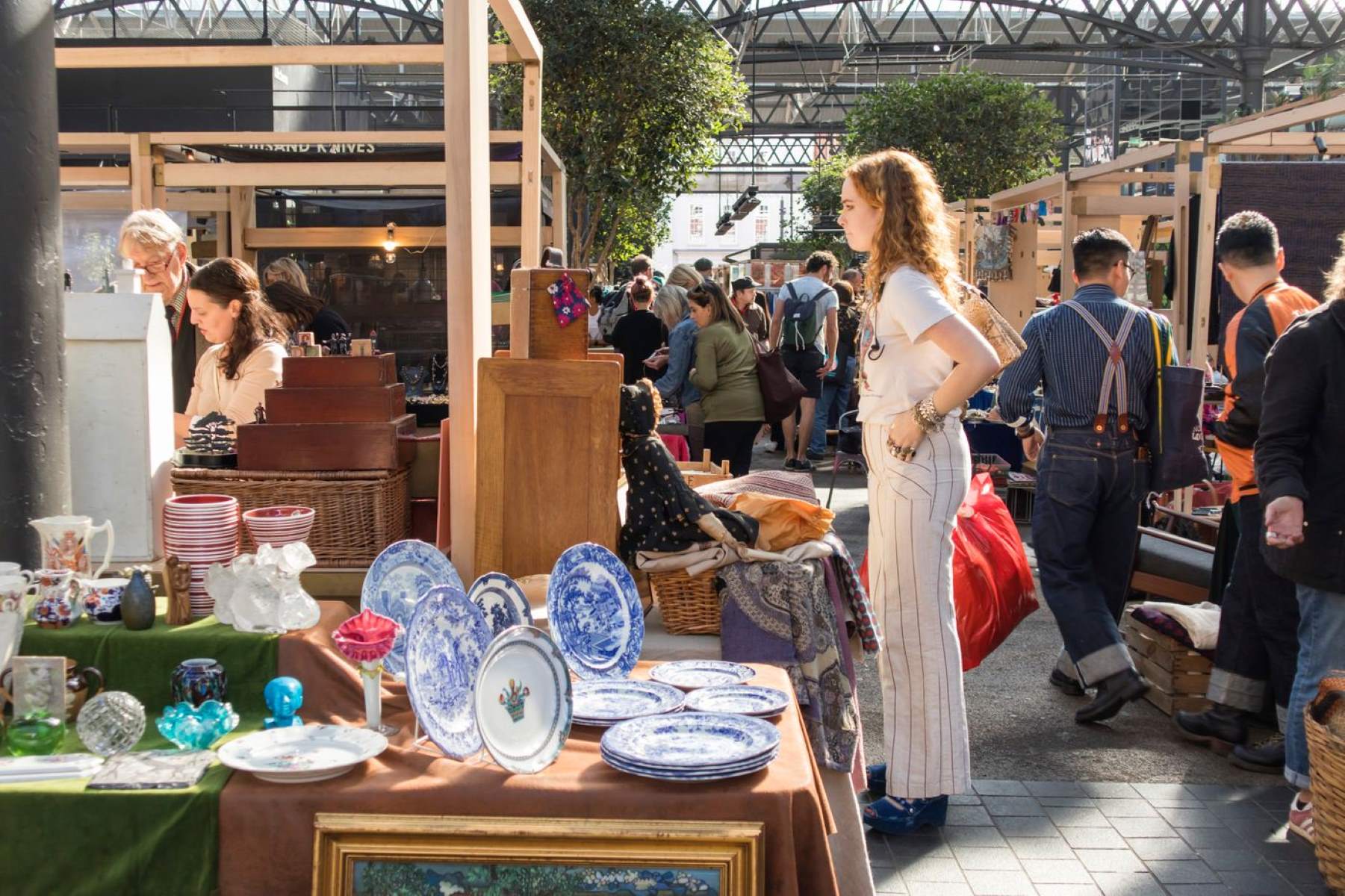

Ideas and Tips
Discovering Hidden Gems At Antique Fairs
Published: November 3, 2024
Discover hidden treasures and unique vintage items at antique fairs. Learn tips for finding valuable antiques and incorporating them into your home decor.
(Many of the links in this article redirect to a specific reviewed product. Your purchase of these products through affiliate links helps to generate commission for Storables.com, at no extra cost. Learn more)
Antique fairs are a treasure trove for anyone passionate about home improvement and collecting unique, vintage items. These events bring together collectors, dealers, and enthusiasts from all over the world to showcase an array of antiques and collectibles. Whether you're looking to add a touch of history to your home decor or simply enjoy the thrill of the hunt, antique fairs offer an unparalleled opportunity to discover hidden gems.
The Allure of Antique Fairs
Antique fairs have been a staple in the world of collecting for centuries. These events provide a platform for dealers to showcase their wares, often with a story behind each piece. The allure of antique fairs lies not only in the items themselves but also in the experience of browsing through rows of meticulously curated stalls. Each item is a piece of history, imbued with the craftsmanship and culture of its time.
The Thrill of the Hunt
One of the most exciting aspects of attending an antique fair is the thrill of the hunt. You never know what you might find, whether it's a rare piece of furniture, an exquisite piece of artwork, or an unusual collectible. The thrill comes from the possibility that you might stumble upon something truly unique and valuable.
Community and Networking
Antique fairs are not just about buying and selling; they are also about community and networking. Many collectors and dealers attend these events regularly, making them a great place to connect with like-minded individuals. You can learn about new trends, share knowledge, and even find rare items through word of mouth.
Tips for Finding Hidden Gems
While attending an antique fair can be exhilarating, it requires some strategy to maximize your chances of finding hidden gems. Here are some tips to help you navigate these events effectively:
Research Before You Go
Before heading out to an antique fair, it's essential to do some research. Look up the event schedule, check out the list of participating dealers, and read reviews from previous attendees. This will give you an idea of what to expect and help you plan your visit more efficiently.
Know Your Market
Understanding what you're looking for is crucial when attending an antique fair. If you're interested in specific types of items—such as vintage furniture or antique jewelry—it's important to know their market value so you can make informed decisions.
Inspect Items Carefully
When inspecting items at an antique fair, it's crucial to be thorough. Look for signs of wear and tear, check for any repairs or restorations, and examine the item's condition carefully. Sometimes, an item may look perfect but have underlying issues that could affect its value or longevity.
Negotiate Prices Wisely
Negotiating prices is an art form at antique fairs. Dealers often expect some haggling, but it's important not to overdo it. Start with a reasonable offer based on your research, and be prepared to walk away if the price isn't right.
Consider Restoration
Some items may need restoration to return them to their former glory. If you're considering restoring an item, factor in the cost of restoration when making your purchase decision. In some cases, restoring an item can significantly increase its value.
Types of Items You Might Find
Antique fairs offer a diverse array of items that cater to various interests and budgets. Here are some types of items you might find:
Vintage Furniture
Vintage furniture is one of the most sought-after items at antique fairs. From elegant Victorian sofas to minimalist mid-century modern chairs, there's something for every style and era.
- Characteristics: Look for pieces made from high-quality materials like solid wood or intricately carved metalwork.
- Condition: Check for any signs of wear or damage; some scratches or dents can add character but extensive damage may reduce the item's value.
- Restoration: Consider hiring a professional restorer if you find a piece that needs significant work.
Antique Jewelry
Antique jewelry is another popular category at these events. Whether you're interested in rare gemstones or intricate designs, there's something unique waiting to be discovered.
- Characteristics: Look for pieces made from precious metals like gold or silver; also check for any hallmarks indicating authenticity.
- Condition: Examine each piece carefully; some items may require cleaning or minor repairs but major damage could affect their value significantly.
- Authenticity: Verify the authenticity of any item through reputable sources if you're unsure about its history.
Collectibles
Collectibles encompass a wide range including coins, stamps, toys, and more. Each type has its own set of characteristics and conditions that determine its value.
- Coins: Look for rare coins minted during significant historical periods; condition plays a crucial role here as even slight wear can reduce their value.
- Stamps: Check for completeness and rarity; some stamps are highly sought after by collectors due to their limited print runs.
- Toys: Vintage toys often retain their original packaging which adds significant value; condition is key here too as minor damage can affect pricing.
Artwork
Artwork is another highly prized category at antique fairs. From paintings to sculptures, each piece tells a story about its creator and era.
- Characteristics: Look for signatures or attributions from renowned artists; condition should be excellent with minimal signs of aging or damage.
- Provenance: Knowing an artwork's provenance (its ownership history) can significantly increase its value; look for documentation or certificates of authenticity.
- Restoration: Be cautious when considering restored artworks; while some restoration is acceptable if done professionally, excessive work may detract from its originality.
How to Incorporate Antiques into Your Home
Incorporating antiques into your home decor can add a unique touch while also preserving history. Here are some tips on how to do it effectively:
Mixing Old with New
One way to incorporate antiques into modern homes is by mixing old pieces with new ones. This creates an interesting contrast that adds character without overwhelming the space.
- Balance: Ensure that old pieces don't overpower the room; balance them with contemporary furniture and decor.
- Theme: Choose items that fit a specific theme or style; this helps create cohesion within the space.
Creating a Focal Point
Using an antique as a focal point in a room can draw attention and create visual interest.
- Placement: Place an eye-catching piece like an antique mirror or chandelier at the center of the room.
- Surrounding Decor: Keep surrounding decor simple yet elegant so as not to compete with the focal point.
Adding Texture
Antiques often bring different textures which can enhance overall aesthetic appeal.
- Combining Textures: Pair smooth surfaces like glass or metal with rougher textures like wood or velvet.
- Layering: Layer different textures through rugs, throw pillows, and blankets for added depth.
Conclusion
Attending an antique fair is more than just browsing through stalls; it's an experience that combines history, culture, and personal discovery. By following our tips on research, inspection, negotiation, restoration considerations, and incorporation into home decor, you'll be well-equipped to find those hidden gems that make every visit worthwhile. Whether you're a seasoned collector or just starting out on this journey of discovery—antique fairs offer endless possibilities waiting just around every corner.
Additional Resources
For those interested in diving deeper into collecting antiques or learning more about specific types of items mentioned above—here are some additional resources:
- Books on Collecting Antiques: There are numerous books available that provide comprehensive guides on collecting various types of antiques including furniture restoration techniques or how-to guides on identifying rare collectibles.
- Online Forums & Communities: Joining online forums dedicated specifically towards collectors allows you access valuable insights from experienced enthusiasts who share knowledge gained over years within their respective fields.
- Workshops & Classes: Many museums offer workshops where attendees learn hands-on skills related specifically towards restoration processes involved when dealing with delicate artifacts requiring precise handling techniques ensuring longevity preservation purposes alike!
By combining these resources along with practical advice provided herein—anyone looking forward exploring world beyond mere surface level understanding will undoubtedly find themselves immersed within rich tapestry woven intricately across centuries past present future alike
Was this page helpful?
At Storables.com, we guarantee accurate and reliable information. Our content, validated by Expert Board Contributors, is crafted following stringent Editorial Policies. We're committed to providing you with well-researched, expert-backed insights for all your informational needs.


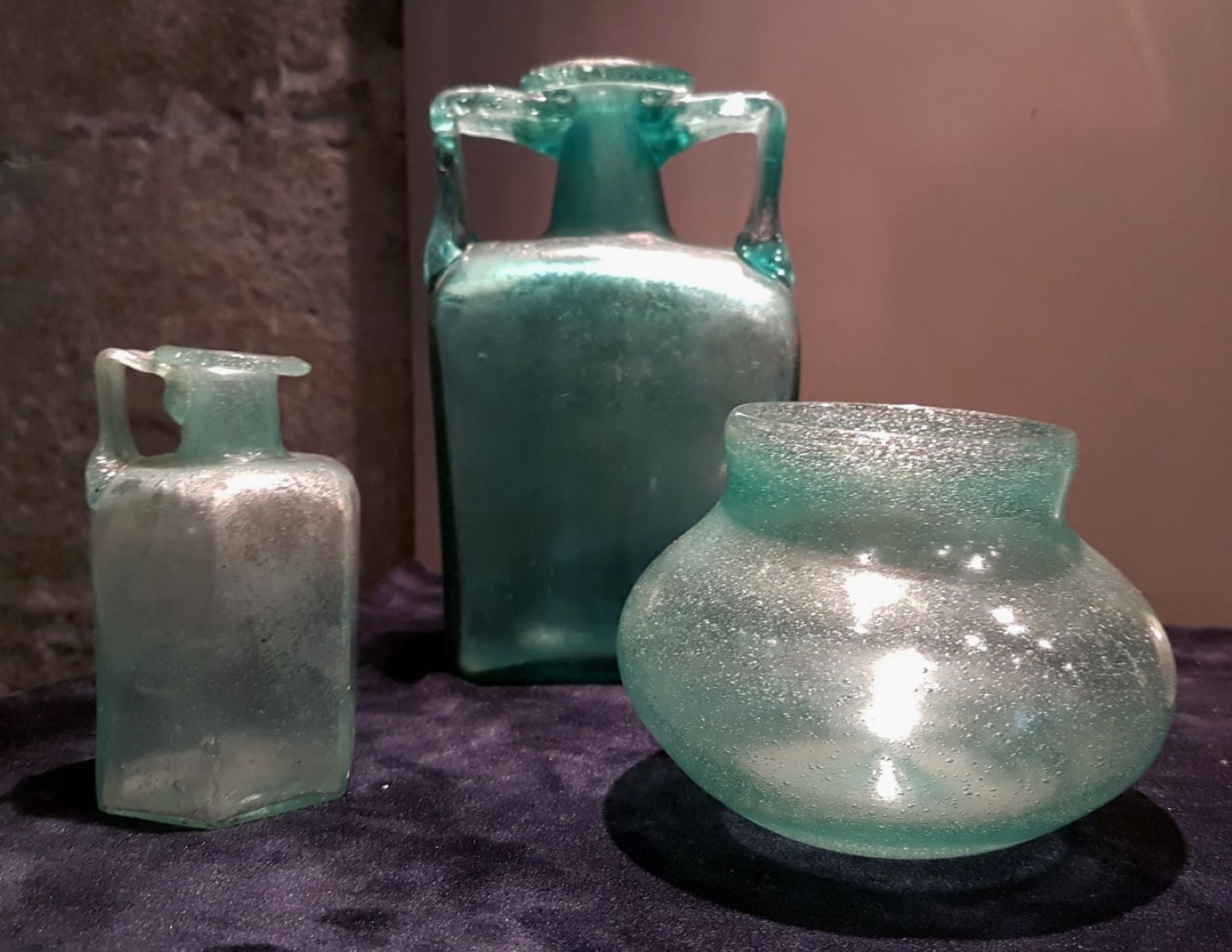
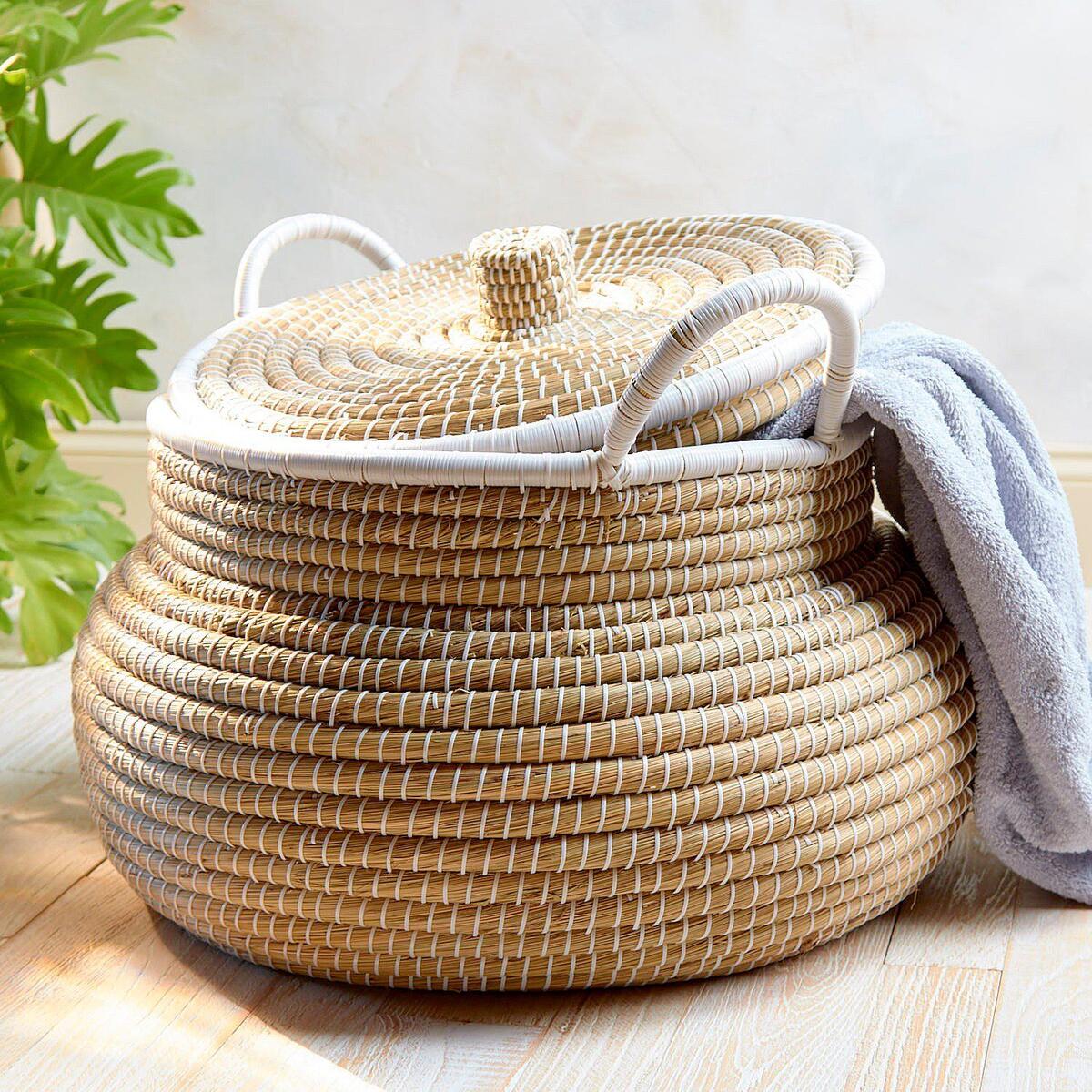
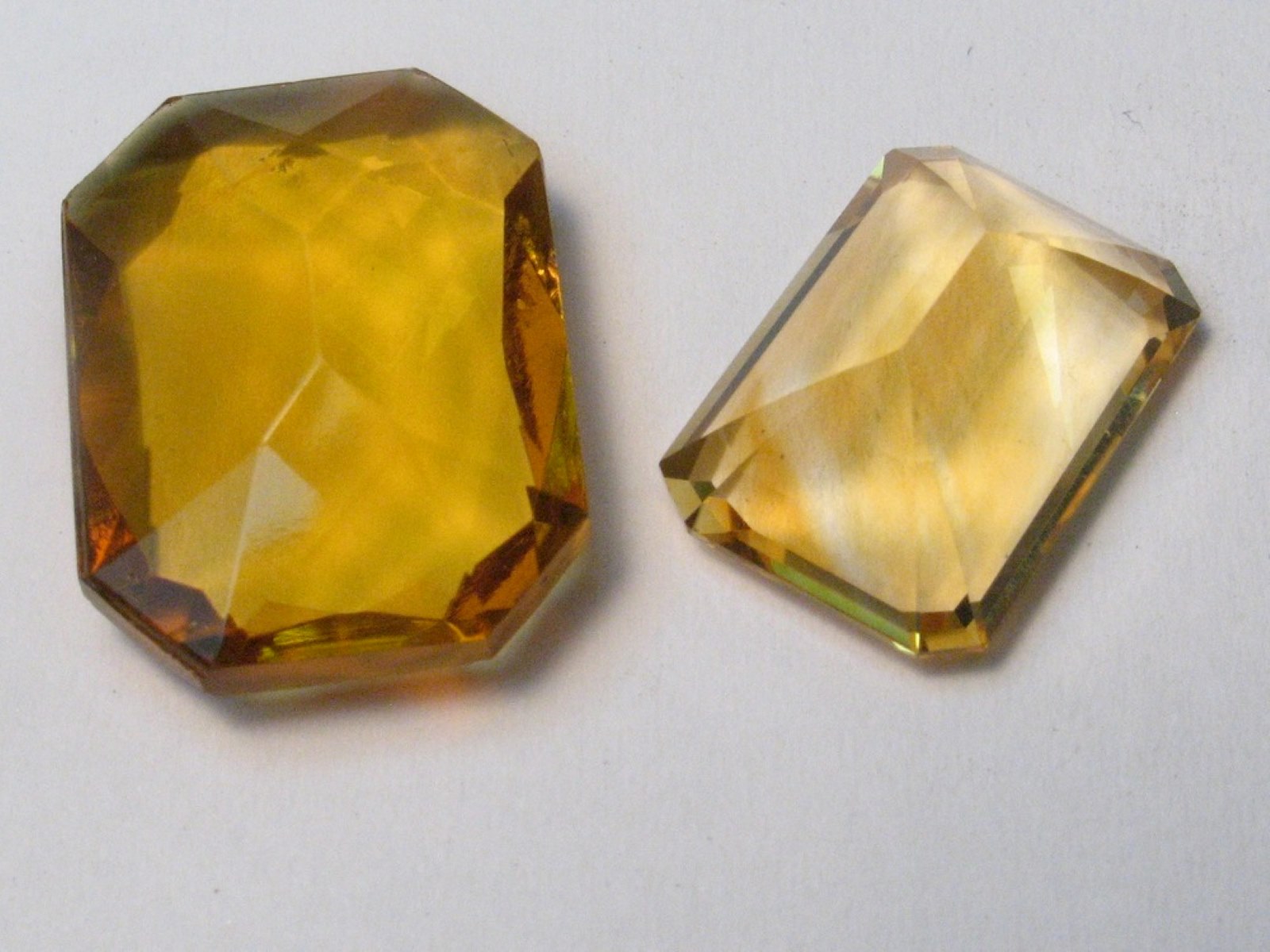
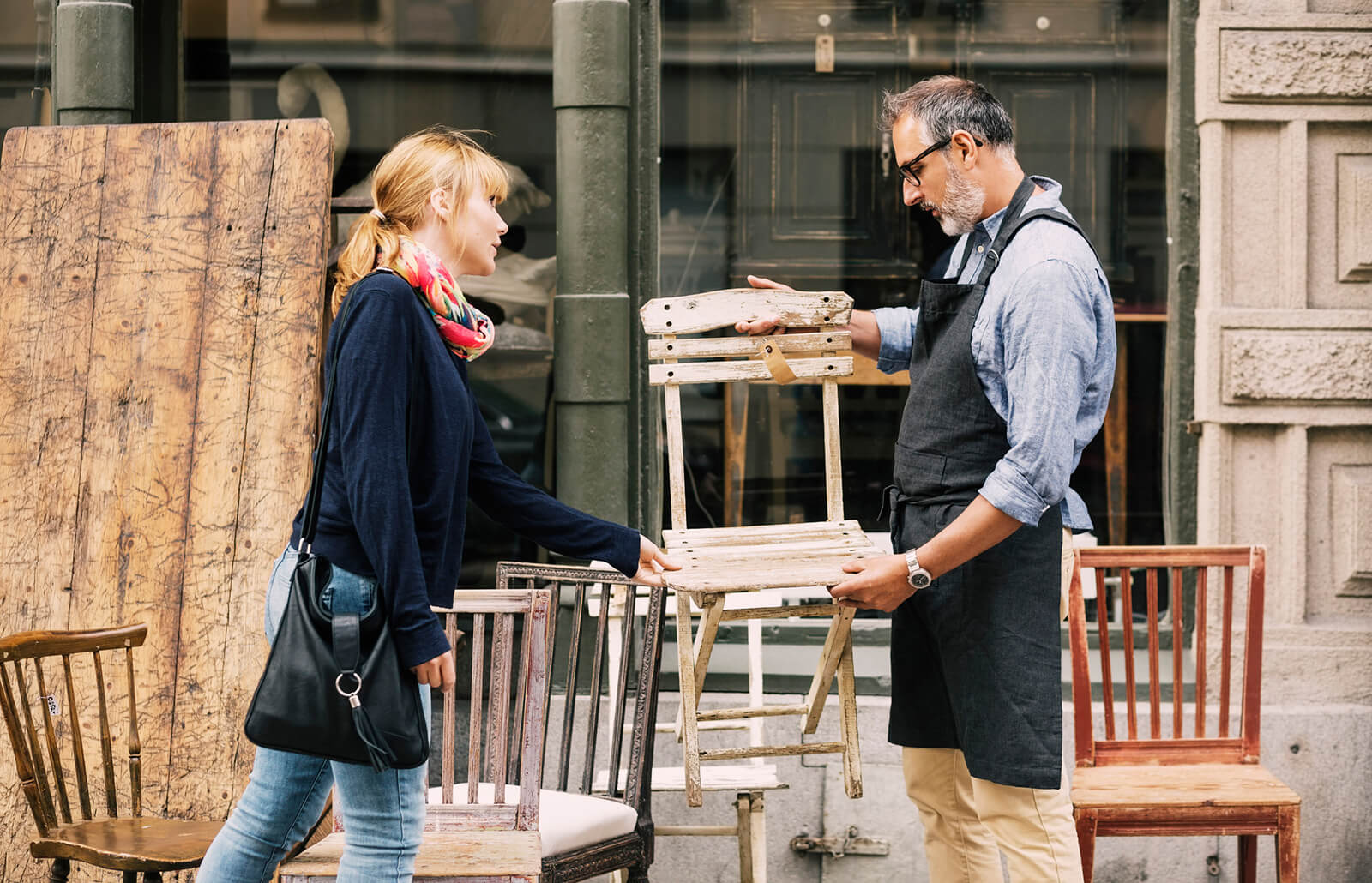
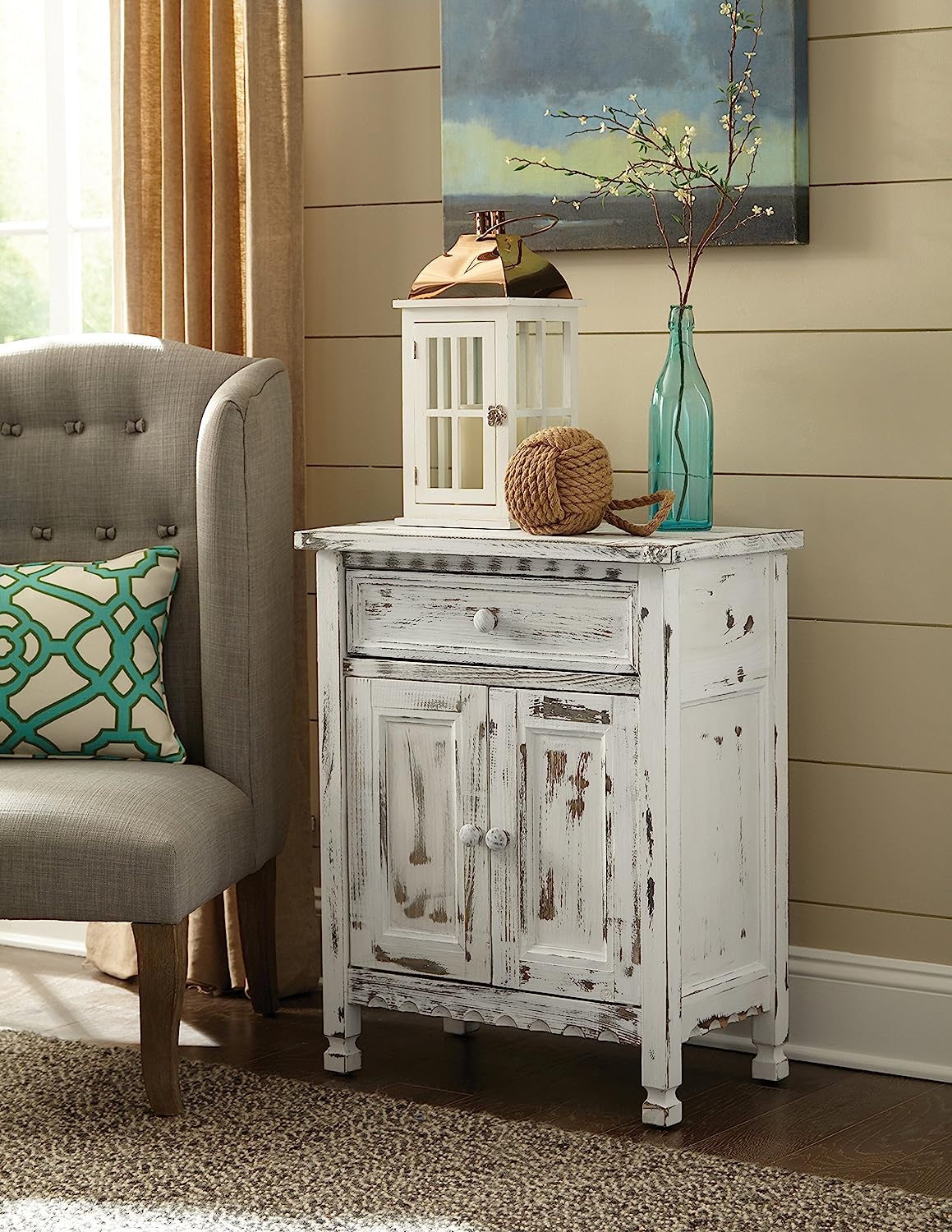
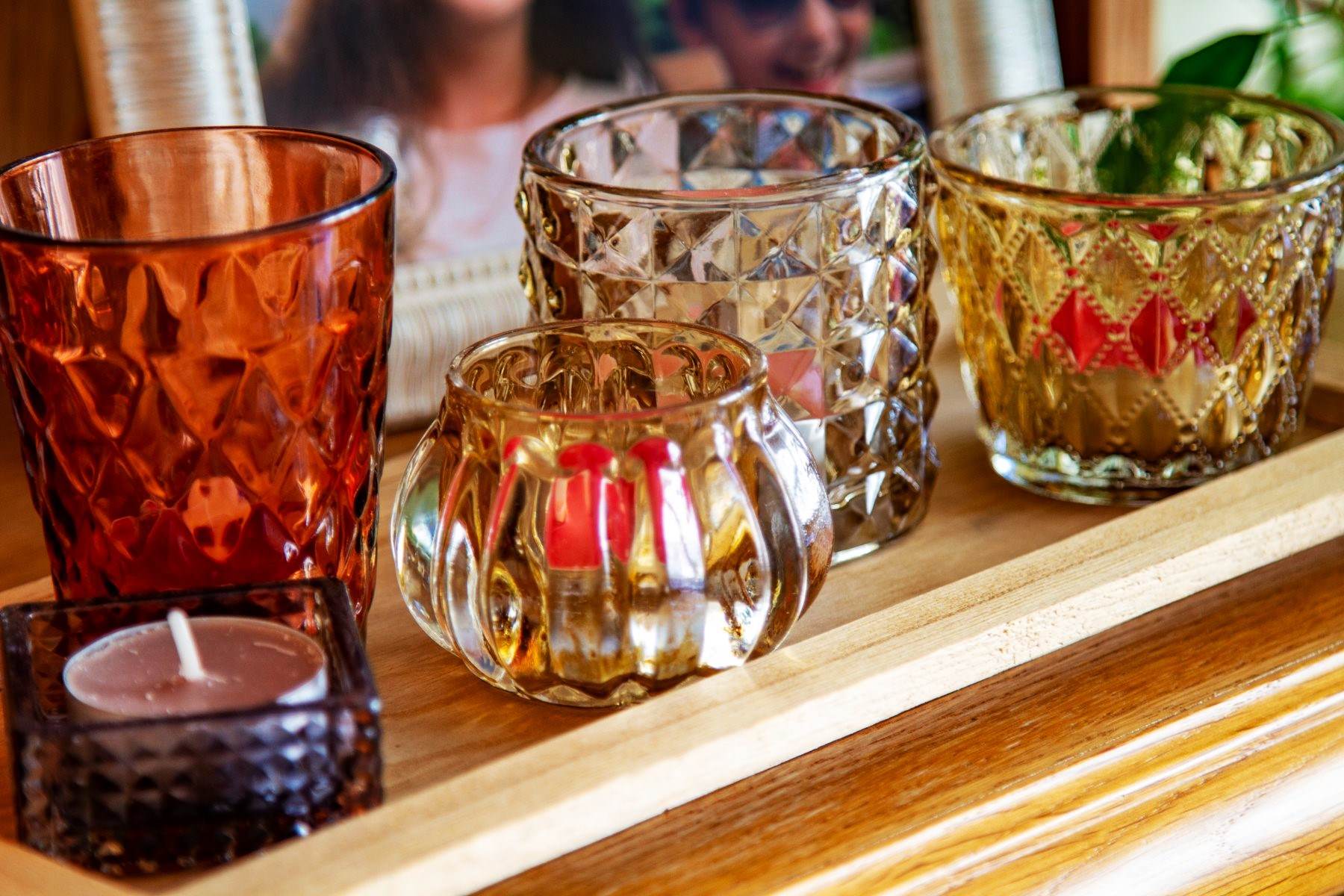
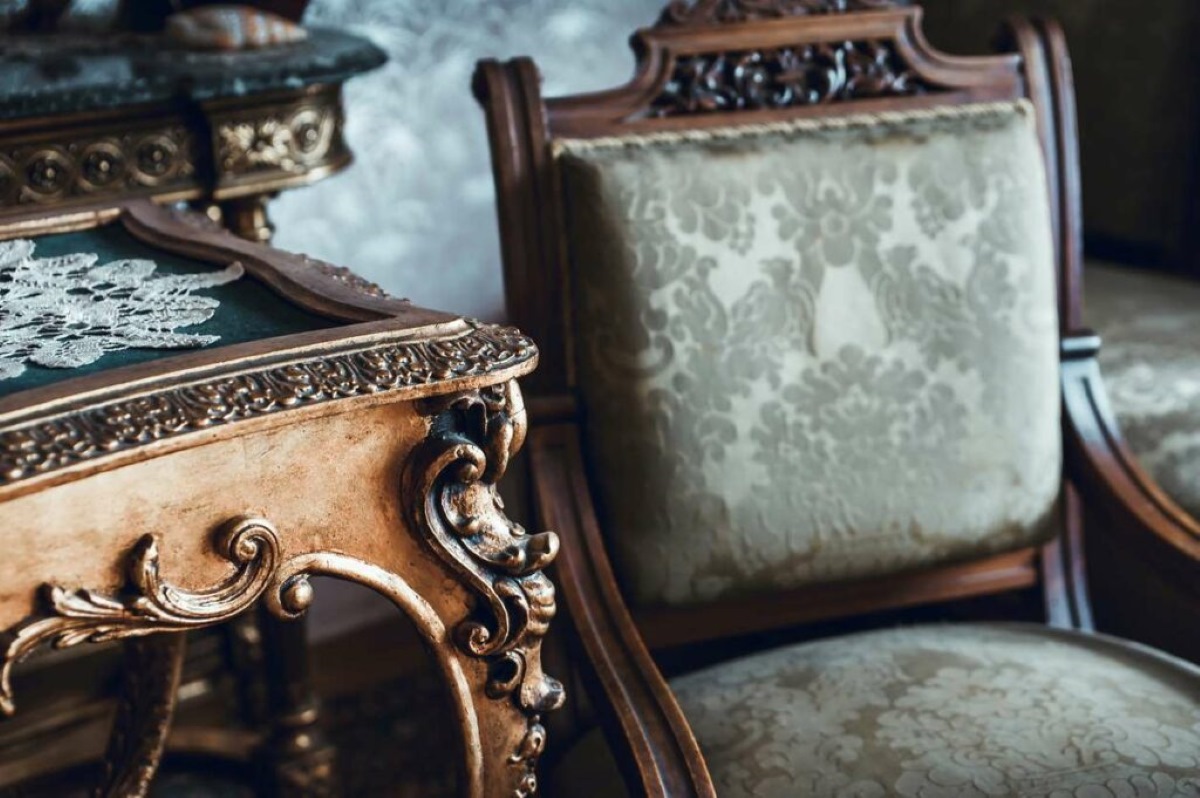


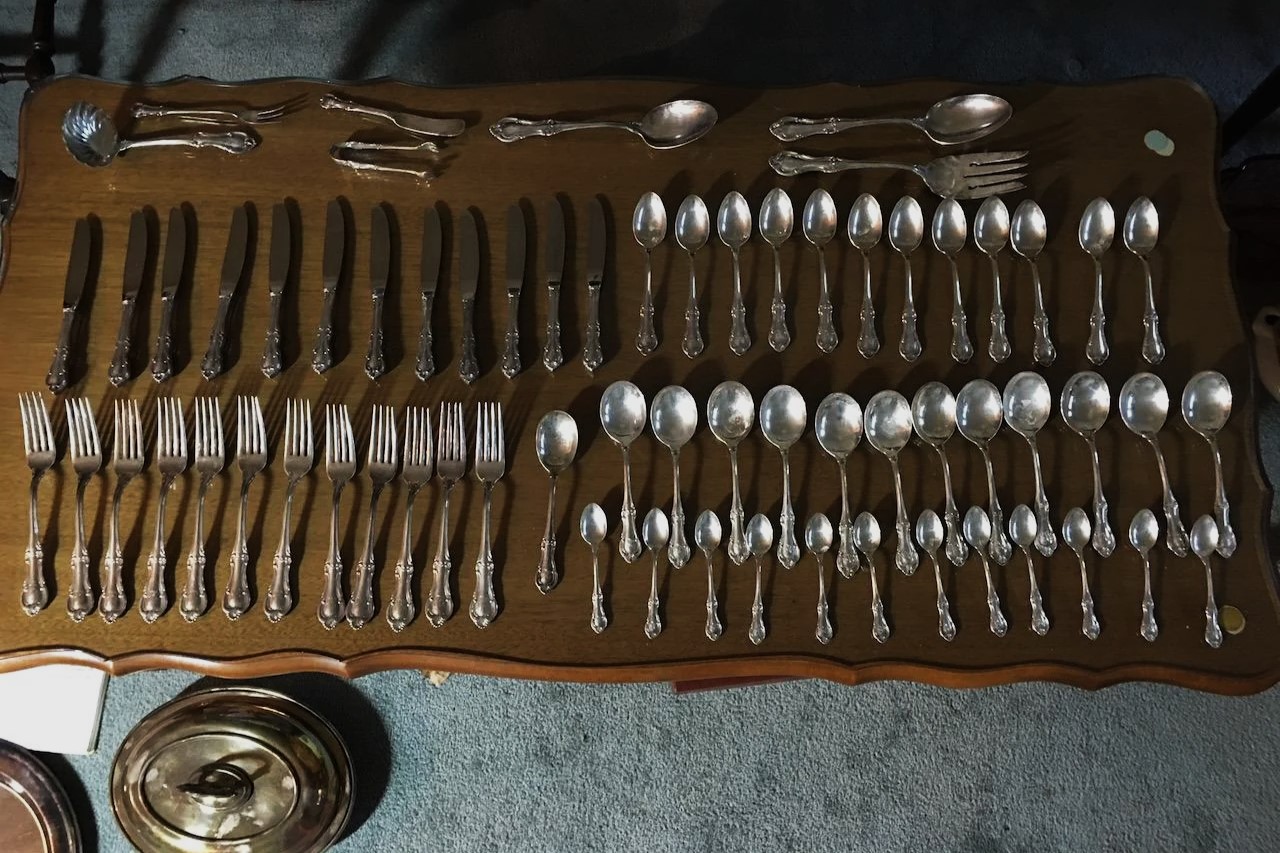
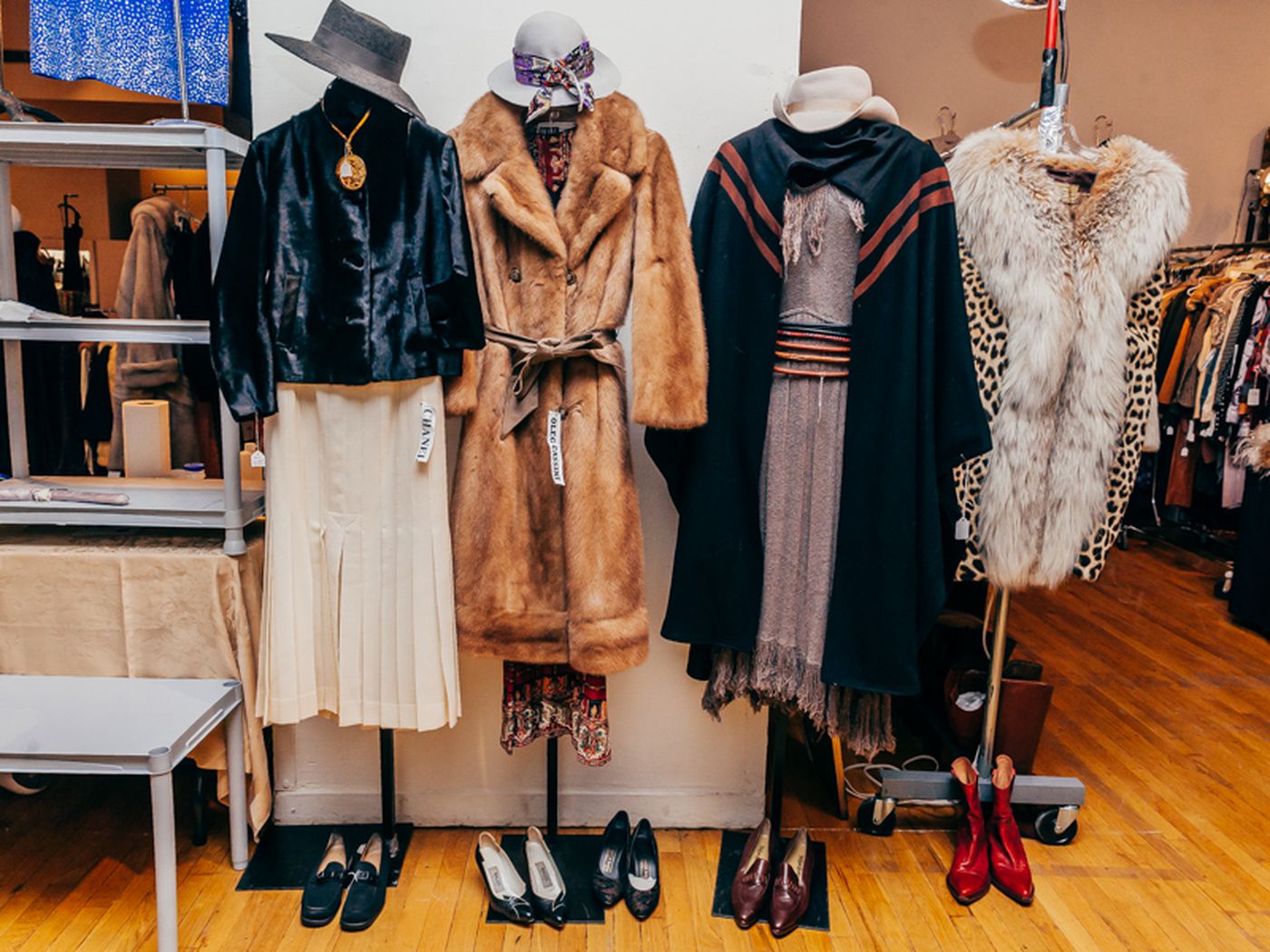
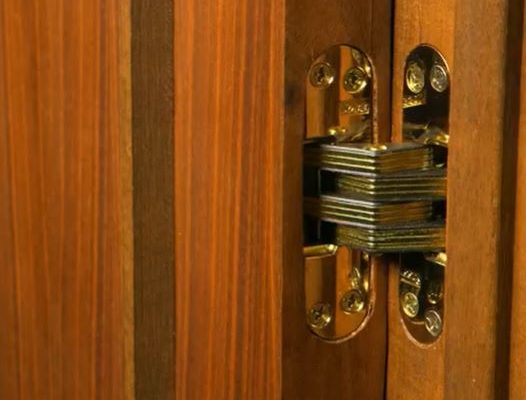

0 thoughts on “Discovering Hidden Gems At Antique Fairs”